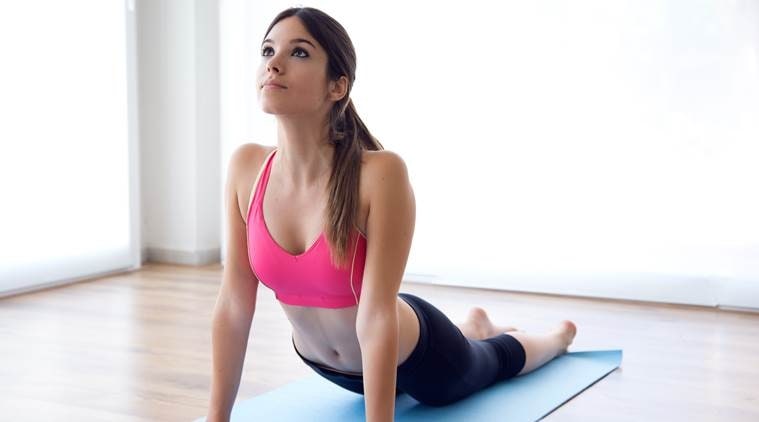
Considering that the number of people testing positive for the virus has increased in the country to more than 110 with three casualties already reported, doctors suggest that one should not underestimate home workouts.
But why does one need to exercise?
According to Dr Gauri Jariwala, musculoskeletal physiotherapist, Bhatia Hospital Mumbai, “de-training effects” sets in within just two weeks of non-exercising and this leads to “significant decline in cardiopulmonary and muscular fitness”. “Exercises should be done to maintain fitness and strength. Optimal level of fitness and health will lead to prevention of the infection caused by the virus,” asserted Dr Jariwala.
But what sort of exercises can be done?
One can start with incorporating simple exercises like pranayama, anulom vilom, other balancing exercises, planks, spot jogging, to name a few. “People who do weight lifting can alternatively lift household things or use their body weight to exercise,” mentioned Dr Sharma.
While most people should ideally do push-ups, sit-ups and curls, for non-gym goers can stick to yoga exercises accompanied by good warm-ups, suggested Dr Ismit Tyagi, physiotherapist, Columbia Asia Hospital, Gurugram. “Breathing exercises are very important especially for the older lot because coronavirus affects people who have weak immunity, people who are diabetic or people with a cardiac ailment. A simple static/exercise cycle for diabetic people can be a great alternative as they are required to work out at least 45 minutes,” mentioned Dr Tyagi.
Even celebrities have been seen doing some workouts at home. Take a look.
Story continues below this ad
As per Dr Jariwala, it is a good idea to include a thorough exercise routine for 45-60 minutes.
*Start with warm-up phase not lasting for more than 5-10 minutes. Warm-up can include neck and shoulder muscles stretches, hamstrings and quadriceps stretching, ankle stretches, spot marching and spot jogging. Warm-up is essential to prevent exercise-induced injuries and it prepares your body for the next phase i.e. the aerobic phase.
*Aerobic phase includes calisthenics which can be done in the form of a shuttle run (to and from two fixed points) on a plane, non-slippery surface, stepping up and down a stepper or staircase, sideways jumping, spot running, squatting, forward lunges, sideways lunges, push-ups and burpees.
*Aerobic phase can be ended with Suryanamaskar with the entire phase lasting for 30-35 minutes.
Story continues below this ad
*A cool down exercise phase of 10-15 minutes is a must after any form of exercise to relax the muscles and return the parameters (blood pressure, heart rate and respiratory rate) to baseline. “Maneuvers like shavasana, pranayam, gentle stretches of hands and legs can be included in a cool down phase,” said Dr Jariwala.
Online fitness classes are also being organised across formats like strength, cardio, HRX, S&C and yoga. “These LIVE classes are safe for all types of users whether beginner, intermediate and advanced as most of the classes feature bodyweight workouts, meaning, the user needs little or no equipment for the exercises. The LIVE classes can be accessed on mobile devices; one can also stream the session on desktop and mirror the same on TV screen. Having said that, good network connectivity is a must to attend these LIVE classes. In case the user can’t attend the session due to any reason, they can cancel the class anytime without any penalty being charged,” stated a statement from cult.live, a group fitness class.
While there is no need to panic or be scared, it is always recommended to take adequate preventive measures which can not only help one but several others who may unknowingly come in contact with an infected person, say doctors.

 Don’t stay away from exercising while at home. (Source: File Photo)
Don’t stay away from exercising while at home. (Source: File Photo)


























